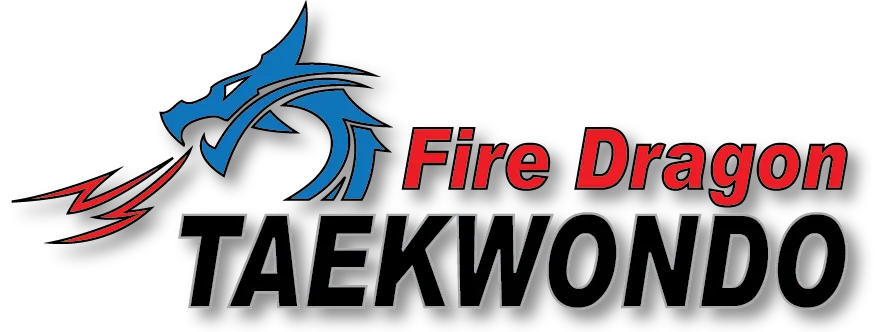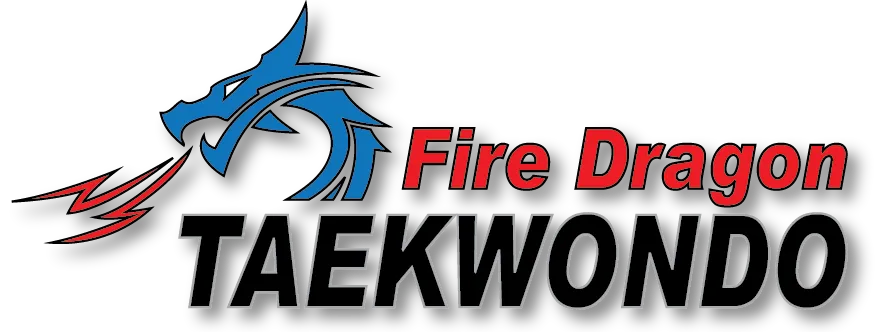FAQs
STILL NOT SURE?
Frequently Asked Questions
What is Taekwondo?
Taekwondo is a Korean martial art that emphasizes kicking techniques, along with punches, blocks, and strikes. Often referred to as "Korean Karate," it's a dynamic and exciting discipline that improves physical fitness, coordination, and flexibility. Taekwondo also focuses on mental discipline, self-confidence, and respect. A well-known example of a Taekwondo stylist is the famous martial artist and actor, Chuck Norris. Taekwondo is a great activity for self-defense, sport, or simply as a way to improve overall well-being.
What are the benefits of Taekwondo for children/adults?
Taekwondo offers numerous benefits for both children and adults! For children, it improves focus, discipline, respect, and physical fitness while also teaching self-defense skills in a fun and engaging way. Adults benefit from improved strength, flexibility, cardiovascular health, and stress relief. Taekwondo also fosters mental discipline, self-confidence, and a sense of community. We believe it's a fantastic activity for the entire family!
What age is appropriate to start Taekwondo training?
We offer classes for students of all ages. Children can typically start Taekwondo training as young as 4 or 5 years old. We find that some children are ready to begin at age 4, while others may benefit from waiting until they are 5. We use our introductory program as an evaluation tool to determine if a child this age is ready. Our experienced instructors are skilled at assessing a child's readiness. We welcome beginners starting at age 4 and up into our introductory program.
Can I do Taekwondo with my family?
Definitely! In fact many families are finding Taekwondo to be the perfect family activity, combining an exciting workout with a new learning experience. At Fire Dragon Taekwondo you have your choice of separately attending Family or Adult Classes. Either way you'll have a great time and create a special family bond.
How do I register or sign up for a trial?
Please take a moment to fill out the form on this page, and our team will get back to you via text as quickly as possible. We look forward to assisting you!

Medicine Hat Location Only
I agree to terms & conditions provided by the company. By providing my phone number, I agree to receive text messages from the business.

FOLLOW US
COMPANY
CUSTOMER CARE
LEGAL
© Copyright 2025, Fire Dragon Taekwondo - Website built by: DojoPro.net
